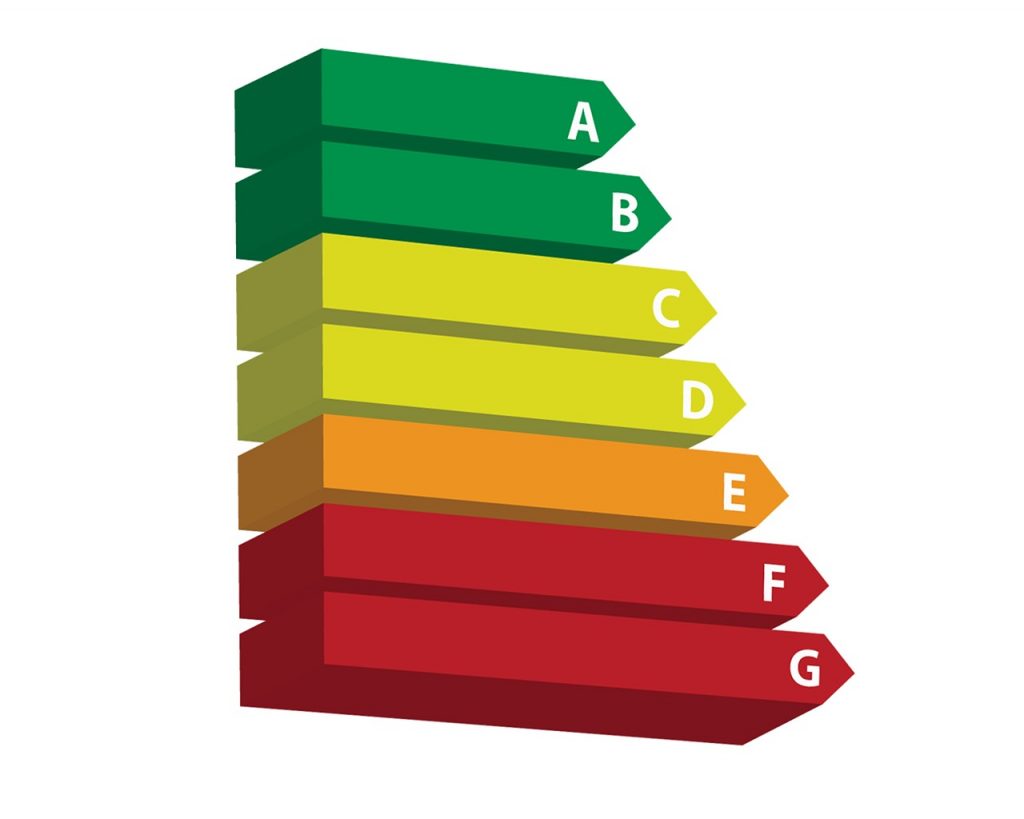
For a typical three-bed semi, cavity wall insulation will reduce your bills by around £145 a year.
Rebecca Rutt, of This is Money, replies: Around a third of your home’s heat is lost through the walls and according to the Energy Saving Trust cavity wall insulation can cut around £145 per year off your energy bills.
In order to have this kind of insulation, you need to make sure you have uninsulated cavity walls.
Houses built from 1990 onwards usually already have insulation in the walls to keep heat in, which not only keeps the home warmer for longer, it can make a big difference to your heating bills.
While those built after the 1920s are more likely to have cavity walls and those built before then are more likely to have solid walls
We’ve recently heard from several readers asking whether cavity wall insulation can make a difference to a home’s value.
This is because in certain cases readers have said it can increase the condensation in a home and lead to damp.
We approached two experts to find out if there was any truth to this.
‘When retrofit cavity wall insulation is installed into a property that is located or built in a way that means it should not have the cavities fully filled (or if the work is undertaken incorrectly), the first and most obvious sign of a problem is often internal dampness.
‘The insulation successfully stops both warm air and moisture escaping. Subsequently the humidity levels rise and mould growth is almost inevitable.
‘In the most extreme cases, we are seeing problems where, for example, cavity walls have been fully filled in timber frame houses and, as the damp cavity wall filling material comes into contact with the wood frame, rot sets in.
‘It’s important to note that many people who have had cavity wall insulation installed have experienced no problems with internal dampness and have experienced increased levels of comfort and lower fuel bills.
‘Injecting insulation into an existing cavity wall is appropriate when done by capable contractors understanding the issues. But there is the potential to create problems where the rectification costs will far outweigh any savings in fuel costs, or corresponding environmental benefits.’
When retrofit insulation is installed into a property that built in a way that means it should not have the cavities fully filled, the first and most sign of a problem is often internal dampness
Julian Roberts, spokesperson for the Energy Saving Trust, replies: ‘For the vast majority of homes with cavity walls, wall insulation is a cost-effective way of reducing your energy bills and making your home more comfortable.
‘For a typical three-bed semi (gas heated), cavity wall insulation will reduce your bills by around £145 a year. The wall insulation is installed by drilling small holes in your outer wall, blowing insulation into the cavity, and then filling the holes; this means it has no impact on the appearance of your property.
‘Some homes have what’s known as a ‘hard-to-treat’ cavity wall. This could be, for example, if the property has narrower cavities than usual, or is in an area with high exposure to wind-driven rain.
‘For these properties, it’s still possible to insulate the walls but different techniques or different materials may be required to ensure the wall insulation doesn’t allow moisture to enter the home, which could cause damp. An installer should be able to advise on whether you have a non-standard cavity, and if so what type of insulation will be appropriate.
‘For the majority of homes, cavity wall insulation will reduce the likelihood of damp, by allowing you to heat your home more evenly and therefore avoiding cold spots.’
Rebecca adds: If you wish to have cavity wall insulation, the installer should tell you if it is right for your house, and alert you to any future problems if there are any.
The installer should be a member of either the National Insulation Association, the Cavity Insulation Guarantee Agency or the British Board of Agrément. They should also be signed up to a code of professional practice like the one provided by the NIA and if so the installation is guaranteed for 25 years.
Article Taken from This Is Money on 29/05/2018.